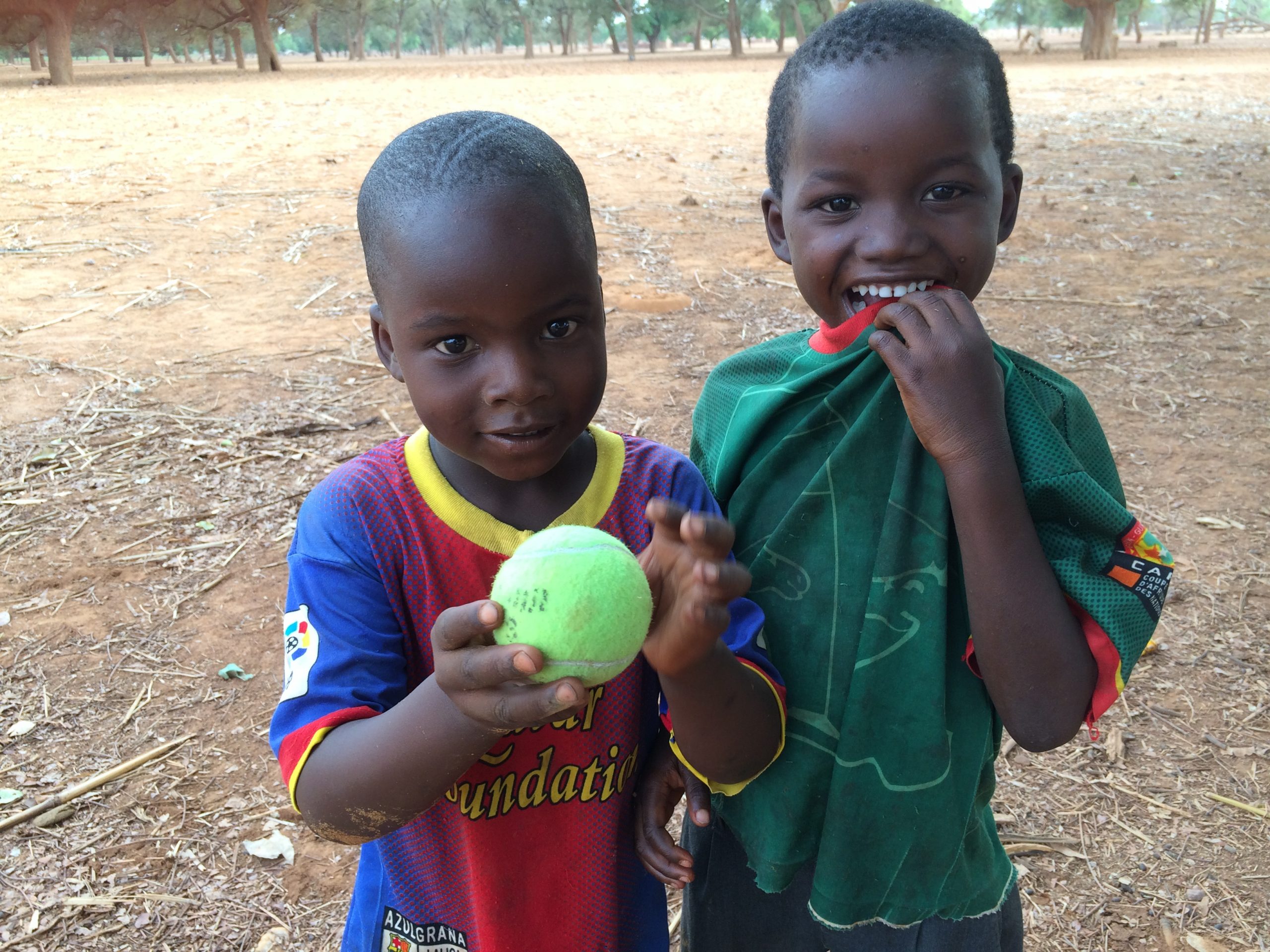
Reducing Malnutrition, Improving Livelihoods
Summary
Project Victoire sur la Malnutrition (ViM) aimed to reduce food insecurity affecting vulnerable populations in Sanmatenga Province by improving farmers’ incomes and household health and nutrition, especially among pregnant and lactating women and children under five years old.
ACDI/VOCA implemented ViM with several key partners, including Save the Children and three local NGOs. “ViM” means “life” in the local Moore language, which is spoken in the target intervention zone of Sanmatenga province.
Objectives
- Increase and diversify agricultural production
- Improve household incomes
- Reduce chronic malnutrition among children under five years of age and pregnant and lactating women
Activities and Approaches
- Promote adoption of improved agricultural and livestock production practices with Farming as a Family Business training
- Facilitate linkages along the value chain that improve smallholder access to agricultural inputs, markets, and credit
- Improve hygiene and sanitation infrastructure to increase food security and nutritional health
- Promote mother and child health and nutrition practices with behavior change interventions
- Help vulnerable households shift to more sustainable livelihoods through off-farm microenterprise opportunities
Anticipated and Achieved Results
As of September 30, 2018, ViM reached 210,219 individuals in the four targeted communes of Kaya, Pissila, Barsalogho, and Namissiguima. Other project specific results include:
- Average annual monetary household income increased by 49%
- $3,042,826 mobilized by beneficiaries as credit and savings between 2013-2018
- 175 ha of lowland improved for the production of rice
- 90% of farmers used improved agricultural inputs
- 28% of farmers were reporting more than three different sources of revenue
- Almost 60% of farmers used financial services (savings, agricultural credit, and/or agricultural insurance) in the 2017/2018 season. 86% of children under six months exclusively breastfed
- 81,434 people trained in child health and nutrition
Some key results from the Final Evaluation include:
- Number of households with moderate to severe hunger decreased from 43% to 12%
- Increase of 54% in the use of improved storage for cowpeas
- Widespread improvements in adoption of agricultural practices, increased crop yields, and diversification
- Improvements in market linkages, business development, and use of financial services
- Increased number of farmers practicing value chain activities
- Stunting and underweight among children under five declined by 5.6% and 5%, respectively
- Exclusive breastfeeding increased by 23.5%
- Large and statistically significant improvements in mother and child health and nutrition, including:
- Stunting
- Underweight
- Women’s dietary diversity
- Quality of health services
- Sanitation/hygiene
- Women’s empowerment substantial improved through women’s decision-making power and changed perceptions of gender-based violence
- Large and statistically significant improvement in the percentage of farmers using environmental mitigation principles in diversified income-generating activities
Funder: USAID/Food for Peace
Contact: Lucas Valente da Costa, lvalentedacosta@acdivoca.org





